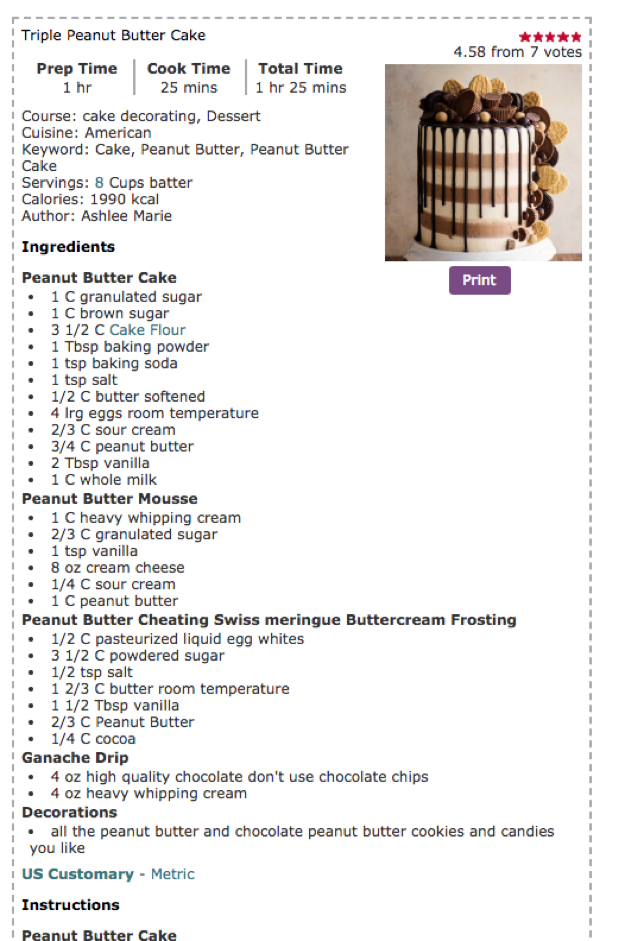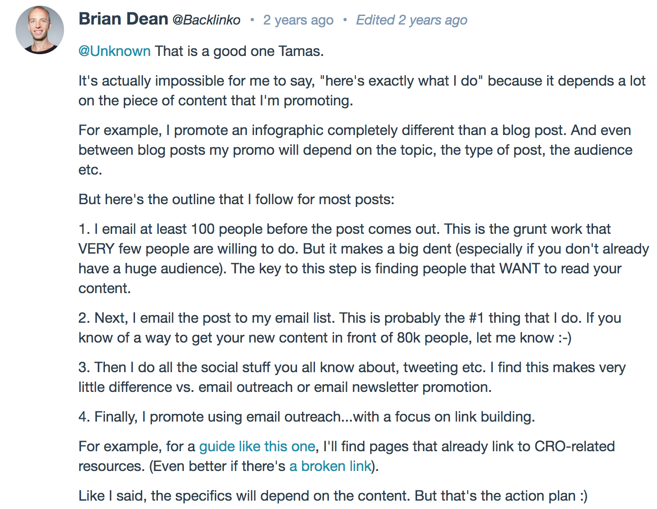Rethinking content marketing: 3 new ways to catapult your startup’s revenue
Sometimes, conventional content marketing techniques are not good enough
In the 2018 Content Marketing Institute survey, 91 per cent of B2B brands and 86 per cent of B2C brands reported using content marketing.
However, most businesses struggle to get their desired business results. Merely 20 per cent of the surveyed B2B businesses rated their content marketing approach as extremely/very successful.
The reason most businesses can’t make content marketing work is because they get caught up in established best practices and tactics.
See, if you’re failing at content marketing, you need to shake up your strategy from the ground up. You need to go back to the drawing board.
What is the foundation of content marketing?
It is addressing the pain points of your target audience by publishing value-adding content. Then, building awareness for your brand by distributing it using appropriate distribution channels where your prospects hang out.
Based on the above foundation, here are three counterintuitive content marketing strategies small businesses have used to get terrific results.
1. Publish seldom, but only The BEST content in your industry
Traditional content marketing wisdom calls for publishing content regularly on your blog. It results in more indexed pages, traffic, and leads.
HubSpot found that companies that publish 16+ posts every month get more than 3.5 times traffic than companies that between 0 to 4 monthly posts.

However, as a small business owner, you know a high publishing frequency could compromising your content quality. Also, spending time on the distribution of your content is critical to ensure it reaches your target audience.
A counterintuitive approach to regular publishing is posting only once or twice per month and promoting it extensively. For the strategy to work, you need to ensure that:
Every content piece you create has a proven demand,
You create the highest-quality content on the subject,
You have an extensive promotion strategy in place for distributing the content.
Suppose, you sell peanut butter. You researched and found that your audience is interested in cake recipes. Buzzsumo returns the most shared articles on the subject.

As you can observe, all the articles talk about different kinds of cakes. They contain text, high-quality visuals, and a video. Formatting-wise, the article on the second website has a good breakdown of Chocolate Peanut Butter Molten Cake. It neatly lays down the recipe in a succinct table.

When you create a piece of content on “peanut butter cake recipes,” then you can top the existing content quality by:
Including more than one cake recipes,
Doing a video breakdown of the recipe,
Using multiple high-quality photos.
Pinterest and Facebook have fared well for the existing content pieces. The articles got over 10,000 shares on these platforms. Hence, you can target distributing the content on these two platforms.
Brian Dean religiously follows a schedule of publishing one article every 4 to 6 weeks at Backlinko.
Also Read: How to acquire your first 1,000 loyal users and get them to actively use your product
With merely 53 live blog posts, Backlinko had driven 4 million visitors. The reason it worked was that Brian created the best piece of content on every subject he wrote. Then, he extensively outreached to build links and get shares for every piece.
He even sends 100 emails as a part of his pre-outreach for an article. Here is a break down of his promoting strategy by the man himself.

2. Go beyond researching your audience’s pain points
It’s copywriting 101.
You need to get inside your audience’s minds and find out their pain points, dreams, and fears. Next, borrow the “exact” phrases they use in your marketing.
In essence, you are trying to connect with your audience while showing them how your products fit into their lives.
The traditional way most businesses employ for researching their target customers is through online forums and audience research tools. Few take the pain of conducting online surveys to understand their audience.
How about you go beyond passively stalking your audience online? You do the scary offline bit of talking to your customers.
Pinterest user experience researcher Gabriel Trionfi used to gather with Pinterest designers and make house calls. He found that these visits help them understand how their customers use Pinterest. Sojourning the users also proved fruitful in gaining inspiration and building new things.
Wonder how the strategy falls under content marketing?
By talking to your customers about their problems and offering help, you earn their trust. You can find burning customer questions that you can answer on your blog. If you plan to launch a new product, you can understand your audience requirements and validate your ideas.
When Ryan Robinson wanted to launch a course on validating a business idea, he met a few of his most engaged subscribers. Besides helping him in planning the content of his course, 75 per cent of his early feedback group also bought the course during its pre-sale.
Even when he launched a new project, he validated his idea through text messages. And he even got pre-orders while building his product.

3. Try to achieve your business goals natively on other platforms
Brands practice content marketing to build an audience and in the long-run derive a profitable customer action.
A few years ago, here’s how marketing content on social media might have helped your business bottom line:
Publish content on your website.
Send link updates to your piece on Facebook, Twitter, Pinterest, and the like.
Thousands of visitors land on your site.
A minor percentage of these visitors convert into your email subscribers.
Once you have your tribe of email subscribers that are interested in your brand, you can build a relationship with them. You can send them value-adding content and interact with them. Then, occasionally when you send an email to buy your products, a percentage of your subscribers will oblige.
Currently, there’s a large quantity of high quality content published every day. Also, social media networks are becoming increasingly selfish and want users to stay on their platform.
Also Read: What Tokopedia does to ensure high quality customer relations management
You can’t abandon social media because of the huge pool of prospective customers. However, building your audience solely on these platforms is also not intelligent because their algorithms will then dictate your brand’s reach.
The way out is trying to achieve your business goals on other platforms itself.
For example, on Facebook, you can retarget visitors that interacted once with your brand to make them familiar with your brand. Then, invite them to try your product.
You can even do without creating content for your our blog.
Author Benjamin P. Hardy hasn’t posted a single article on his site and built a personal brand entirely through Medium. Each of his articles gets multiple thousands of claps and hundreds of comments.

At the end of his articles, he offers a cheat sheet as a way into his email list. His Medium popularity has resulted in a list size of 300,000 subscribers.
When he launched his online course to the email list, not publishing content on his website didn’t hurt. He generated US$90,000 in seven days.
Final thoughts
The above three strategies want a little extra effort. However, as I showed you with data they work when implemented correctly.
As the landscape of content marketing evolves, we should not forget the intent of content marketing: adding value and helping your customers wherever they hang out. If it requires disobeying conventional wisdom, then so be it.
Which of the three strategies do you plan to experiment with in your marketing? Please share your thoughts in the comments below.
—
e27 publishes relevant guest contributions from the community. Share your honest opinions and expert knowledge by submitting your content here.
The post Rethinking content marketing: 3 new ways to catapult your startup’s revenue appeared first on e27.


